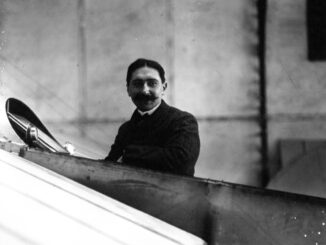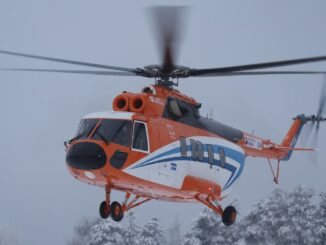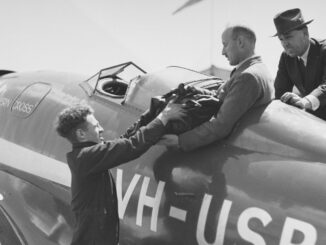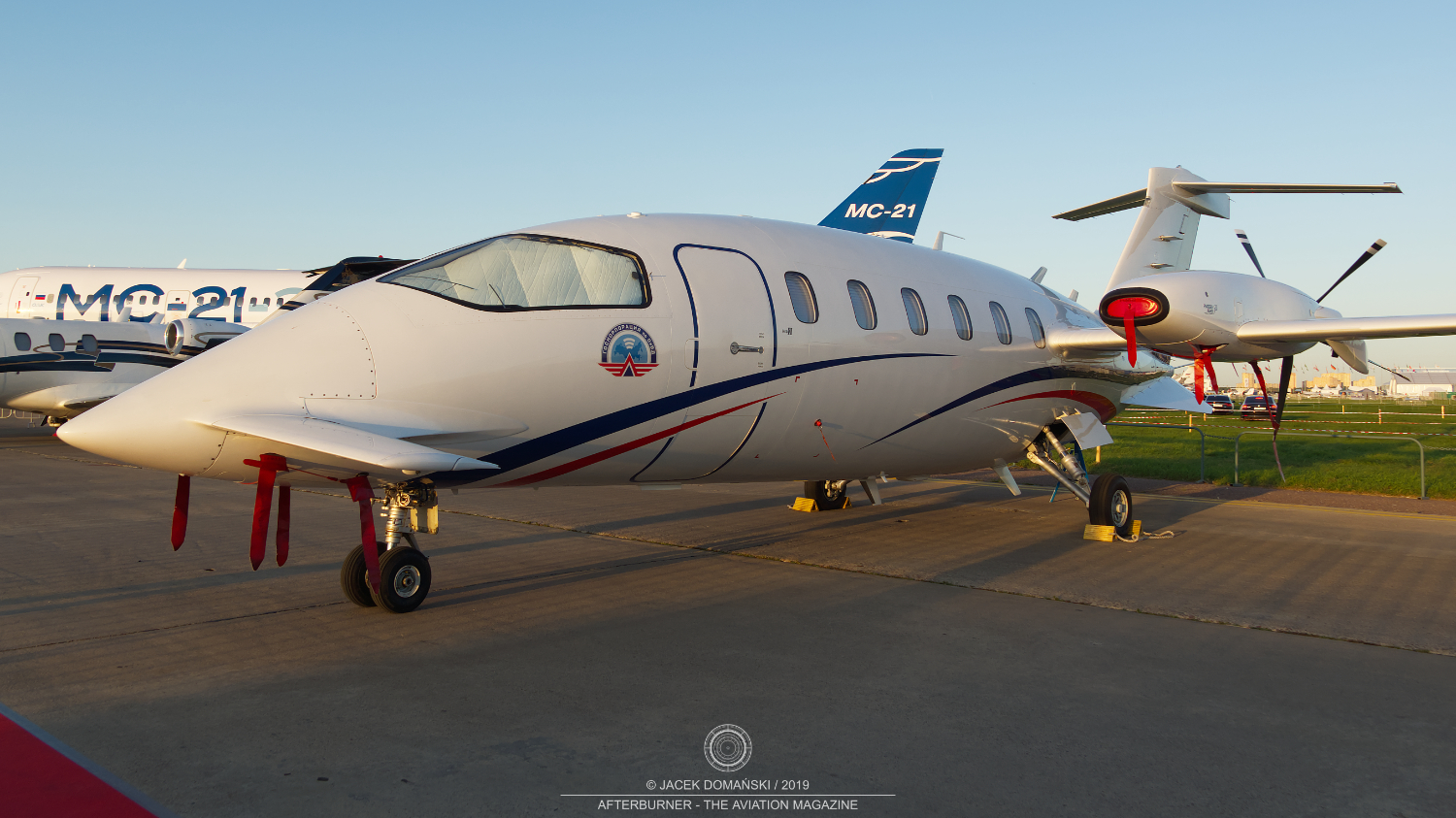 On 26th September 1986 (or 23rd September, according to some publications), the prototype of the new light transport aircraft, the Piaggio P.180 Avanti, made its maiden flight.
On 26th September 1986 (or 23rd September, according to some publications), the prototype of the new light transport aircraft, the Piaggio P.180 Avanti, made its maiden flight.
In the late 1970s, the Italian aviation manufacturer Piaggio Aero began developing a new generation of turboprop executive transport aircraft. The company’s strategy was to attract the wealthiest customers with a luxury aeroplane offering a unique design and exceptional flight characteristics.
The general concept of the new aircraft was defined in 1979. It was designed to have a distinctive pusher configuration with two turboprop engines and was equipped with three lifting surfaces: a mid-position main wing, fixed forewings and a T-tail. In the early 1980s, the design was tested in wind tunnels and proved promising.
In 1982, Alessandro Mazzoni, Piaggio Aero’s chief engineer, officially patented the aforementioned “Three-Lifting-Surface Configuration – 3LSC” design. The following year, the company partnered with Gates Learjet Corporation, and launched works on the first prototype, officially designated Gates Piaggio GP-180.
However, Gates Learjet withdrew from the project in early 1986, due to financial difficulties. Piaggio continued developing the aircraft, now redesignated the Piaggio P.180 Avanti and powered by two Pratt & Whitney Canada PT6A-66 engines.
On 26th September 1986 (or 23rd September, according to some publications), the P.180 prototype successfully completed its maiden flight. Subsequent testing confirmed the aeroplane’s unique flight characteristics, and the concept was approved for serial production. In 1990, the Avanti was successfully certified in Italy and then in the United States.
Nevertheless, the early days of the new Piaggio aircraft were challenging. Avanti Aviation Wichita, a newly established company based in the United States and tasked with producing fuselages, declared insolvency in 1994 after completing about a dozen airframes. It was not until 1998 that the P.180 programme gained momentum, being supported by a new team of investors led by Piero Ferrari – the Italian billionaire businessman and second son of Enzo Ferrari.
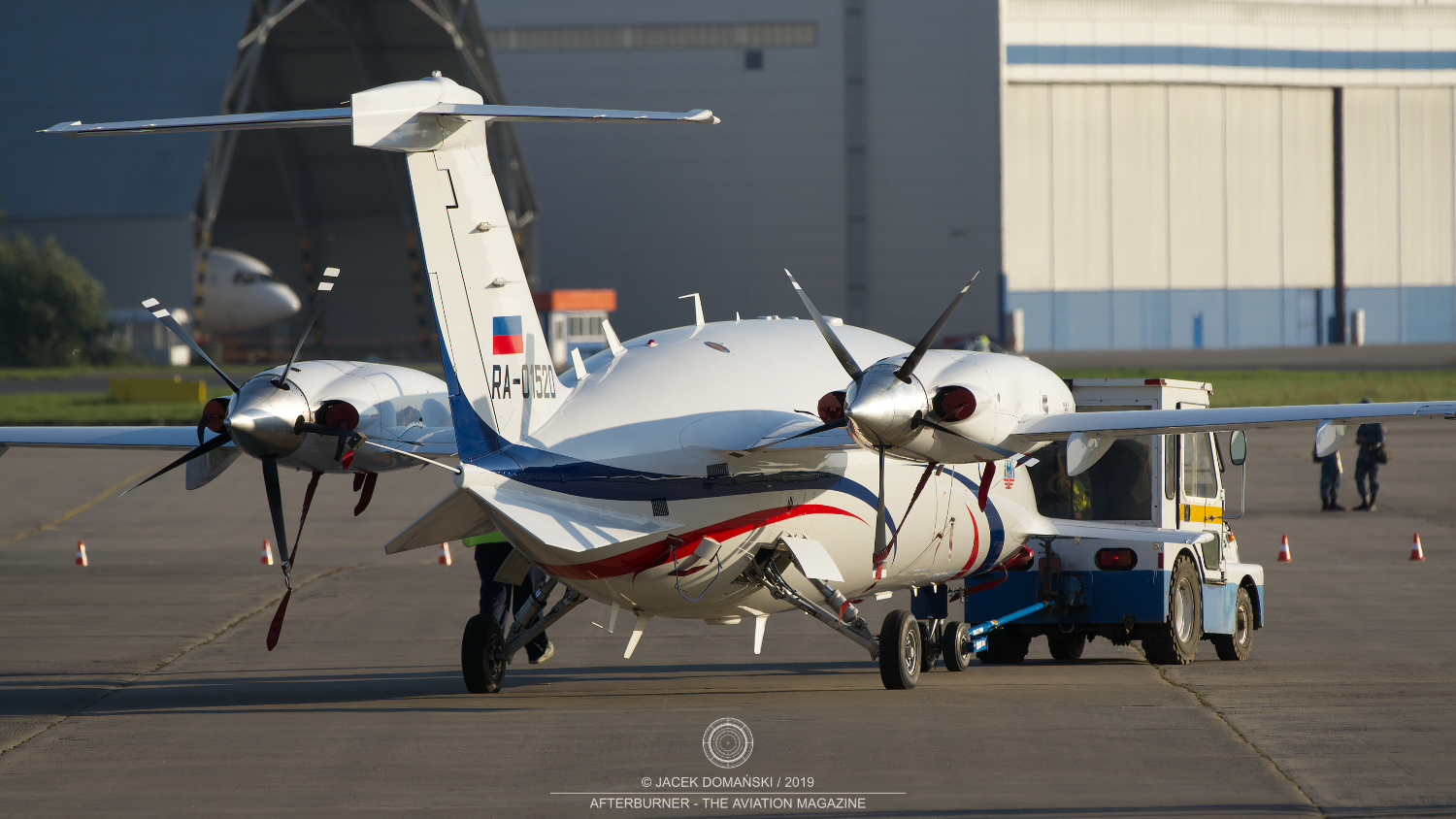
The unique design of the P.180 was quickly appreciated by customers. Thanks to its unusual pusher configuration and the innovative 3LSC design, the Avanti could fly faster than other turboprop executive aeroplanes – and even faster than some jet-powered ones – while at the same time being much more cost-efficient.
According to Flight Global magazine, the 100th P.180 was delivered to its customer in 2005, followed by the 150th example in 2008.
The Avanti also enjoyed limited success beyond its main target group. Several branches of the Italian Armed Forces acquired the aeroplane, as did most of the country’s governmental agencies. In addition, the P.180 was purchased by the Bulgarian and United Arab Emirates air forces, as well as by the Royal Canadian Mounted Police. A specialised air ambulance variant of the P.180 was also developed and acquired by several private and state operators, including Lotnicze Pogotowie Ratunkowe (the Polish Air Ambulance Service).
The Avanti is one of the fastest propeller-driven aircraft in the world. On 6th February 2003, the P.180 reached a speed of 927.4 km/h over a recognised course, setting a new world record in the C-1e category (turboprop landplanes with a take-off weight between 3,000 and 6,000 kg). This achievement was ratified by Fédération Aéronautique Internationale (FAI) and remains valid.
In 2005, the market saw the introduction of a new variant of the aircraft, designated the Avanti II. The aeroplane was equipped with two uprated PT6A-66B engines and a glass cockpit made by Rockwell Collins. According to the manufacturer, the modernised aeroplane was 18 kph faster than its predecessor, while offering improved fuel efficiency. A decade later, the company developed an updated version of the aircraft, known as the P.180 EVO, characterised by greater range, reduced noise and even lower fuel consumption.
According to Piaggio, a total of 246 Avanti and Avanti II aircraft were built up to 2021. However, the commercial success of this extraordinary aircraft did not secure financial stability for the company. Piaggio Aero suffered from the global financial crisis of the late 2000s and faced insolvency.
In 2024, the Piaggio company was acquired by the Turkish defence manufacturer Baykar and since then became known as Baykar Piaggio Aerospace S.p.A. The latest version of the Piaggio P.180 is still available on offer today.

